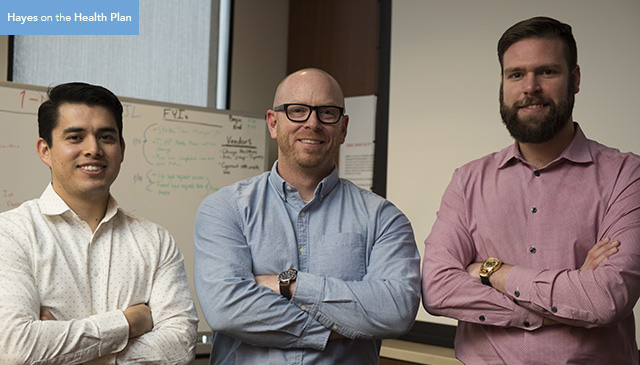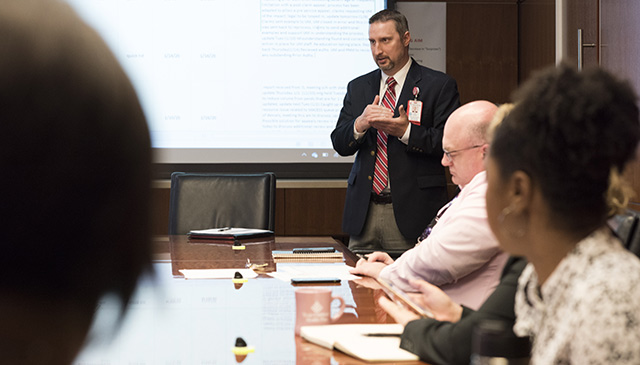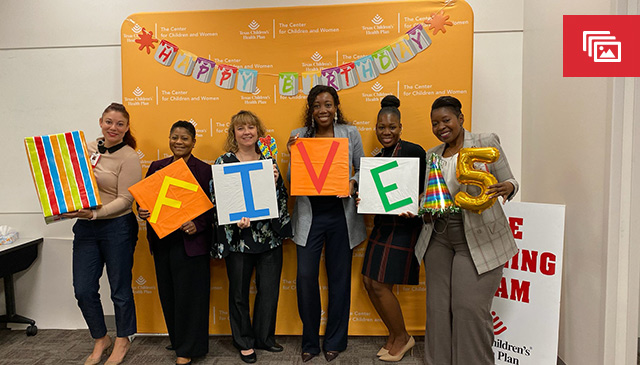
On February 24, the Public Charge Inadmissibility Law – commonly known as Public Charge – went into effect after much debate and a January ruling by the Supreme Court.
So what does the new rule mean for Texas Children’s and for us as employees?
First, it means that many of our patients, health plan members, and their families may start asking more questions or may shy away from our services due to misinformation. Secondly, it means that all employees should understand exactly what public charge means and what to say to the families who may have questions.
What is a public charge?
“Public charge” or the “public charge test” is used by immigration officials to decide whether a person can enter the United States or get a lawful permanent resident status (green card). In this test, officials assess the likelihood of whether a person will lean heavily on the government for support.
What does the new rule mean?
The United States Department of Homeland Security issued a final rule (a new regulation) for legal immigrants in the United States wishing to enter or remain here.
Based on a number of factors – such as income, employment, personal health, education, skills and family situation – a person may or may not be allowed into the country or allowed to apply for lawful permanent status or a visa. The more public assistance a person has received in the past or the more assistance he or she is likely to receive, the less likely their chances of getting a green card.
Are there any exceptions to the rule?
Yes. Individuals listed below will not have to undergo the public charge test:
- Pregnant women who need public assistance during pregnancy or for 60 days after giving birth
- Pregnant women on Medicaid
The following forms of assistance do not count against anyone subjected to the public charge test:
- Medicare Part D low-income subsidy
- Benefits received by children until the age of 21, including Medicaid and CHIP
- Emergency medical assistance
- Food pantry assistance
- School lunch program participation
- Foster care or adoption
When does the new rule start?
Monday, February 24.
What do I tell patients who are in the process of trying to obtain a green card?
The public charge rule will only apply to individuals who apply for a green card on or after February 24. Tell them that it is important to speak to a lawyer about their individual case before making any decisions. They can seek low-cost or free counsel through Baker Ripley’s Citizenship and Immigration Services (https://www.bakerripley.org/citizenship-and-immigration-services).
What about our financial counselors that help families who are inpatient? Can the Health Plan help them?
Texas Children’s Health Plan is here to guide them and help answer their health coverage questions. If they have any questions about their CHIP or Medicaid coverage, they also can:
Visit the Texas Health and Human Services Commission website at yourtexasbenefits.org
Call 2-1-1 for information
Contact Texas Children’s Health Plan at 1-888-559-PLAN for further assistance or visit texaschildrenshealthplan.org/plan
Where do I go if I’d like to know more about this topic?
The United States Citizenship and Immigration Services has published a very helpful fact sheet.
Visit: https://www.uscis.gov/news/fact-sheets/public-charge-fact-sheet






































